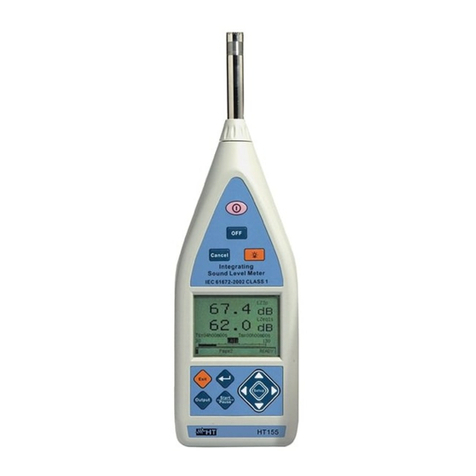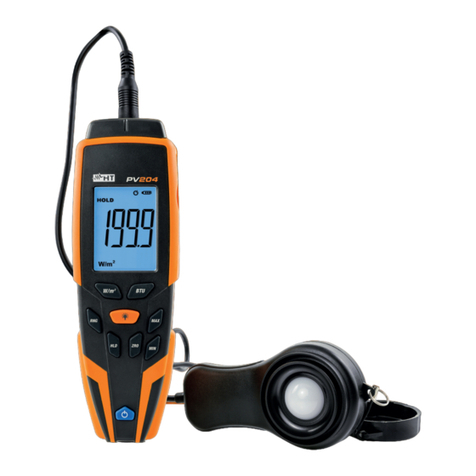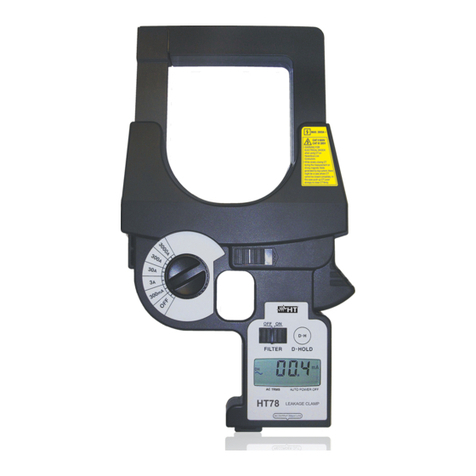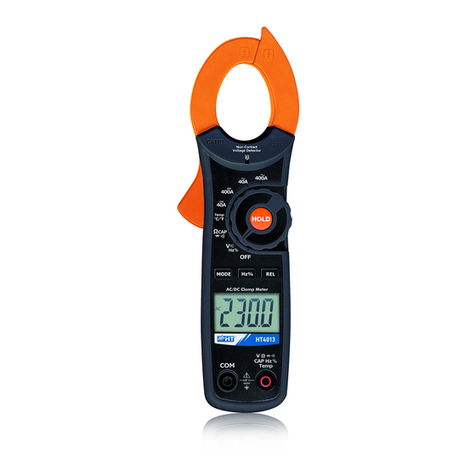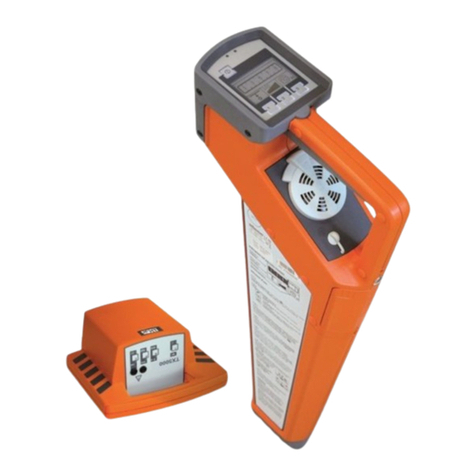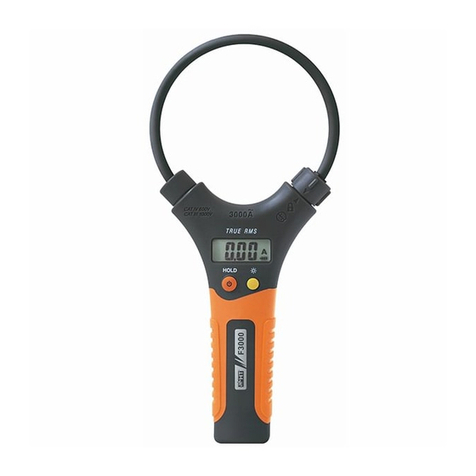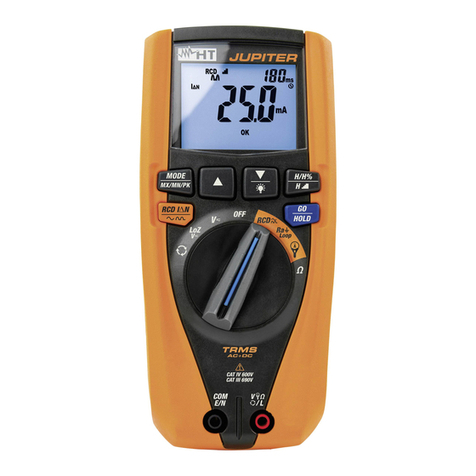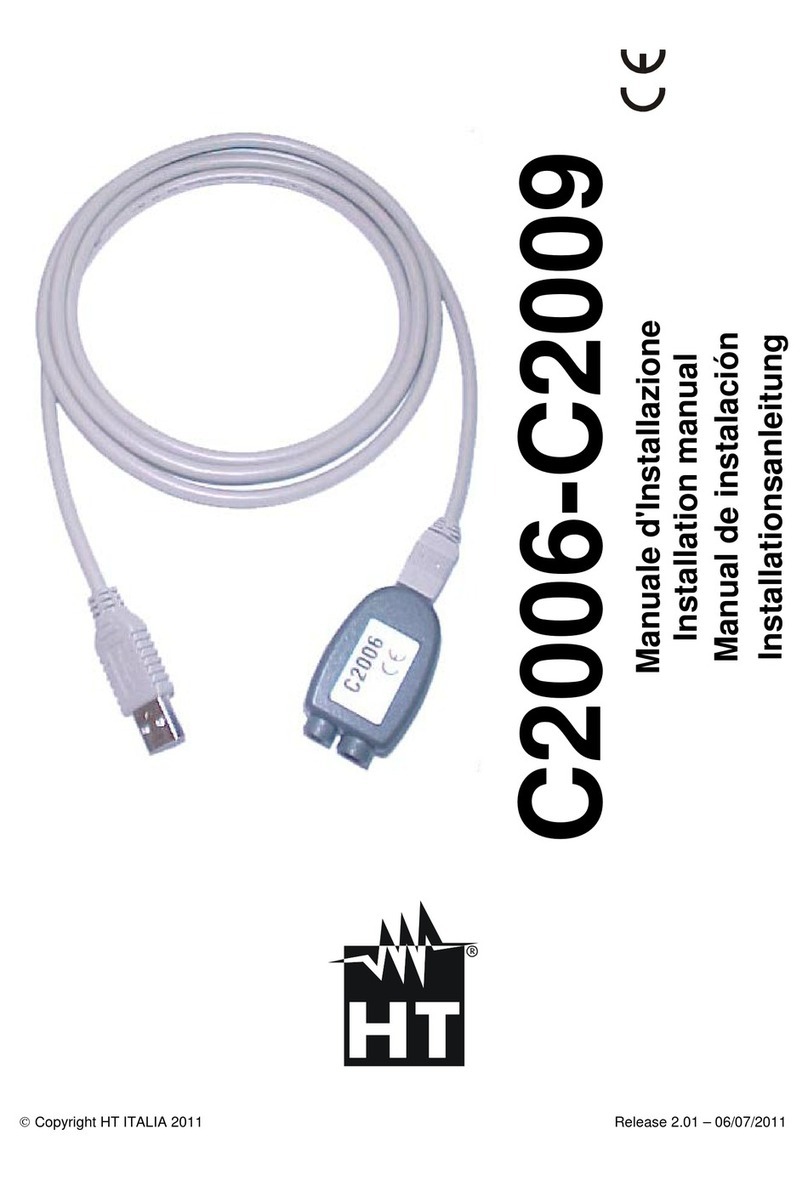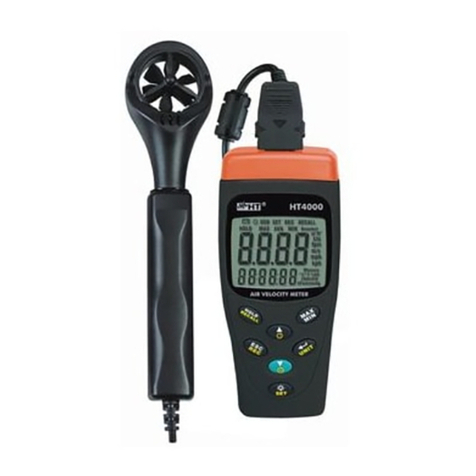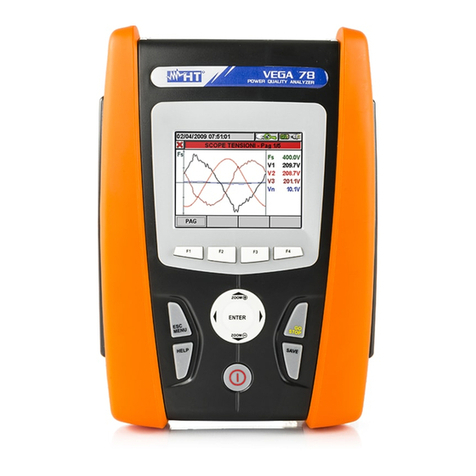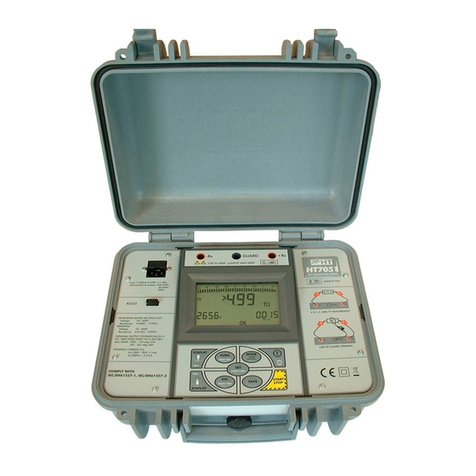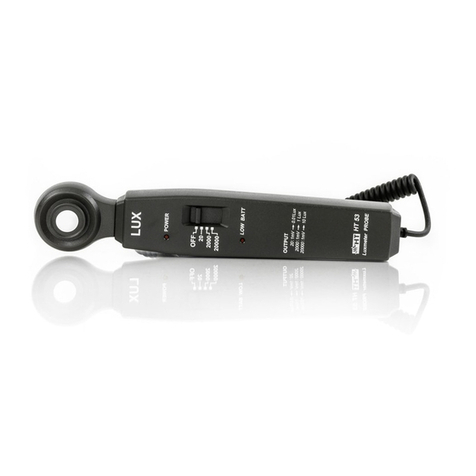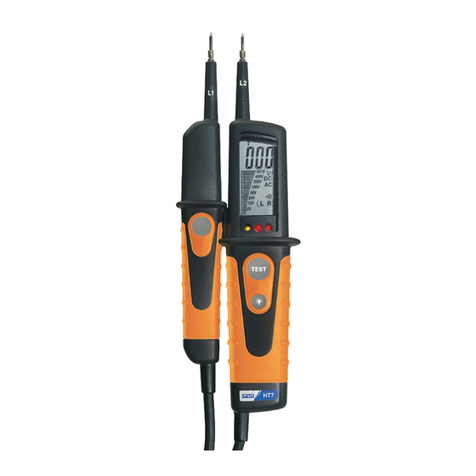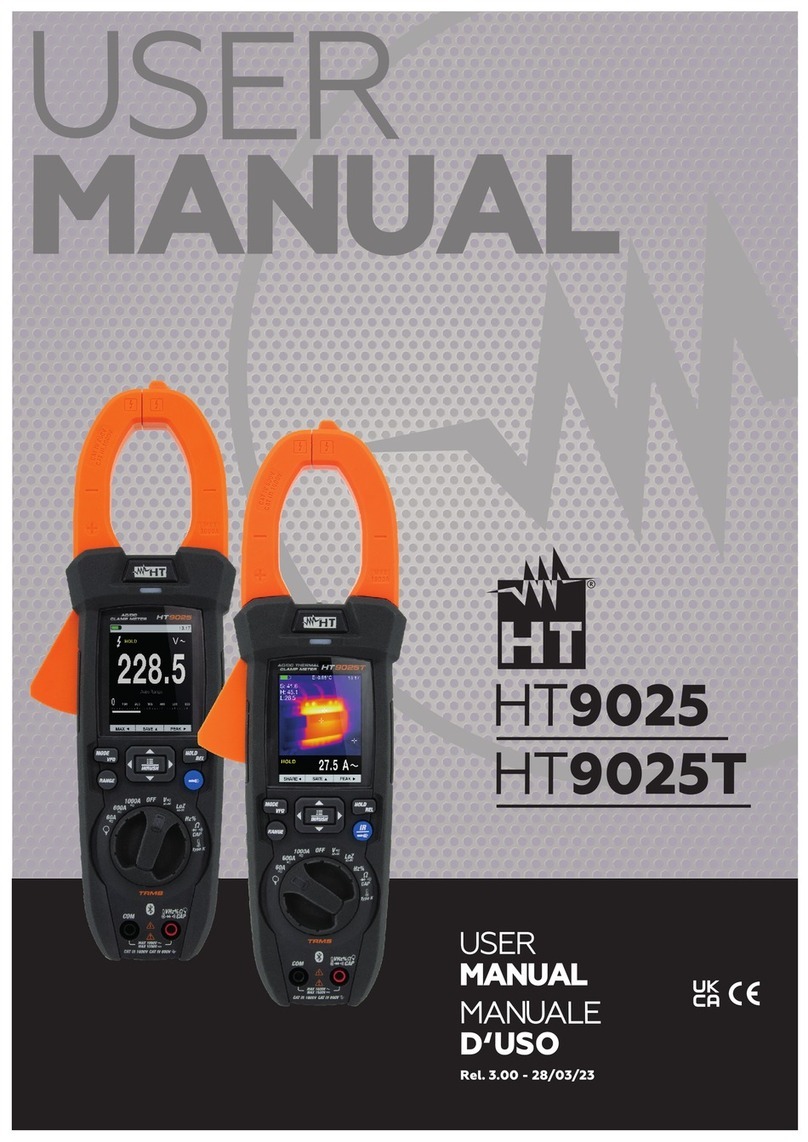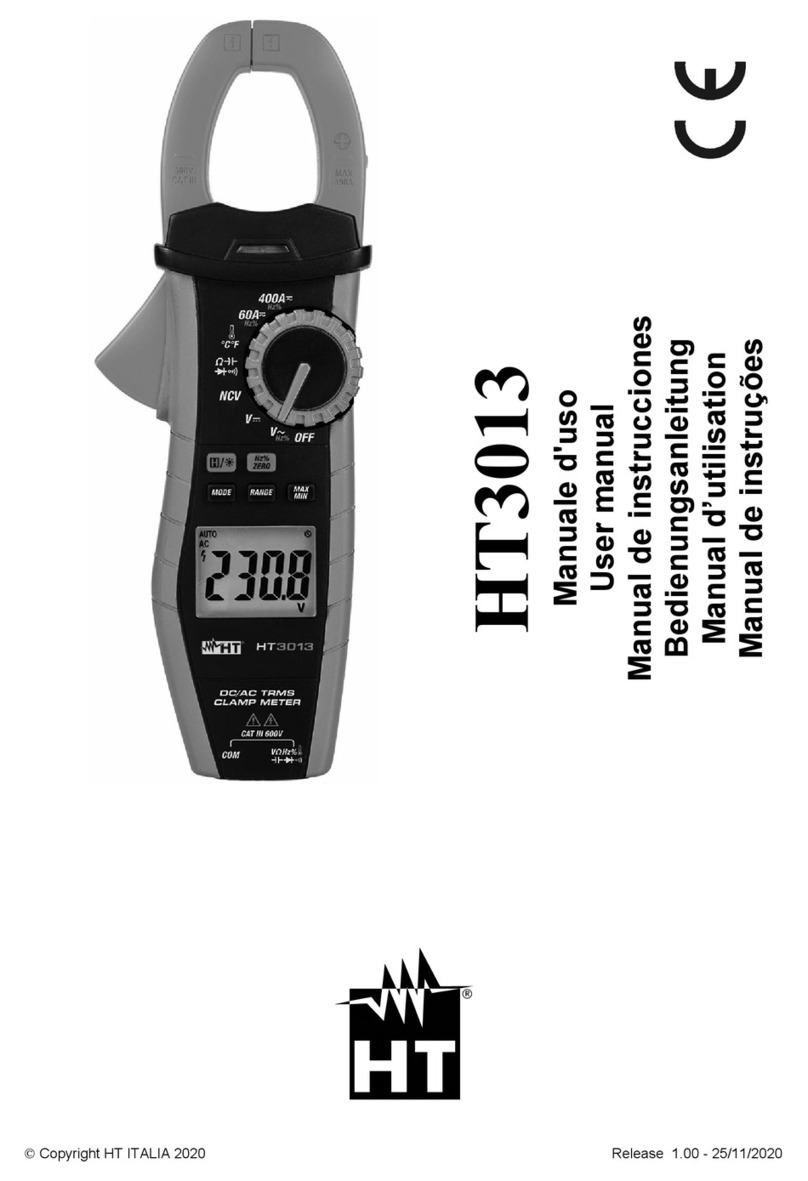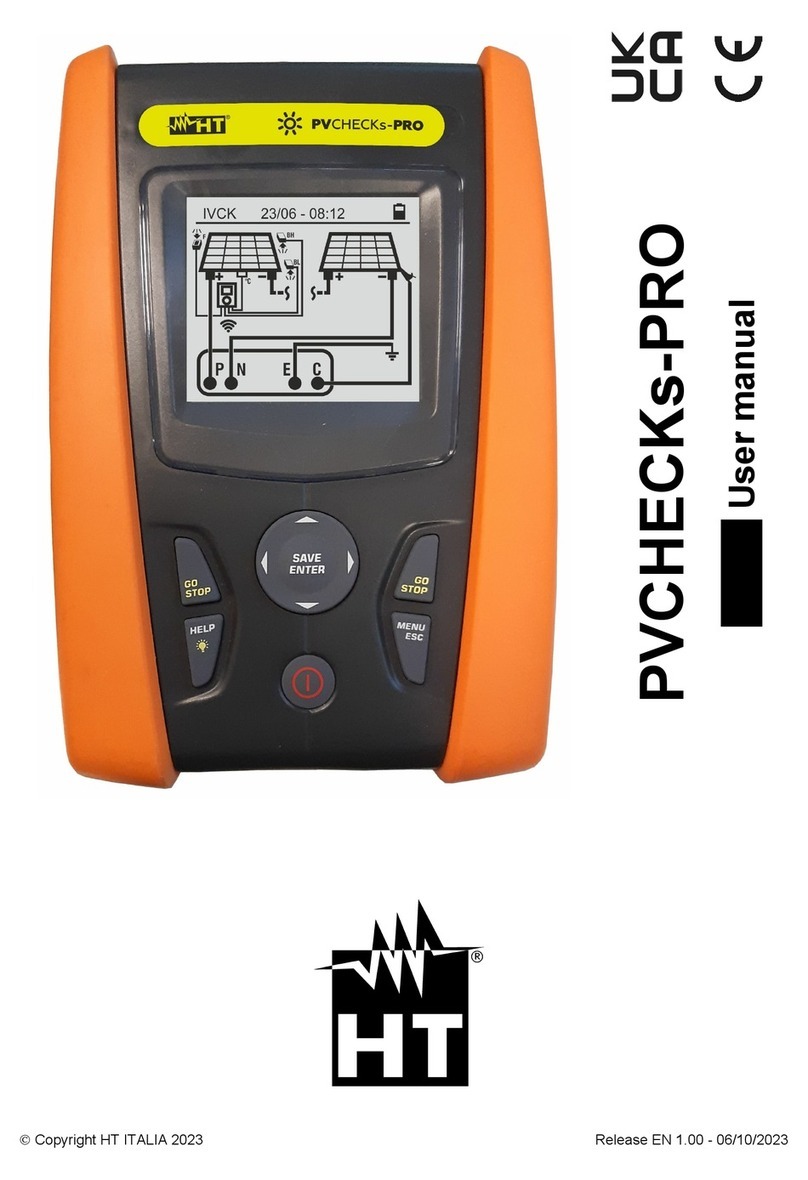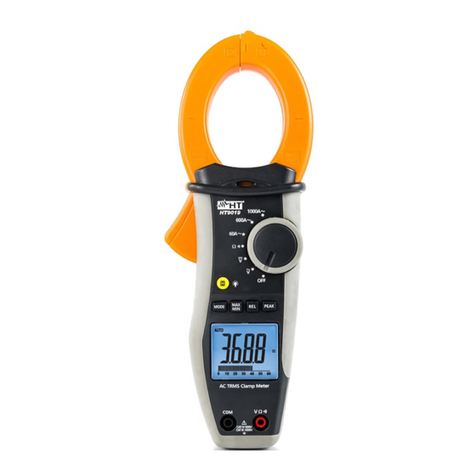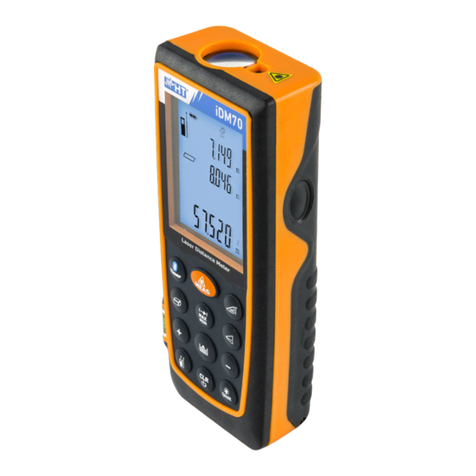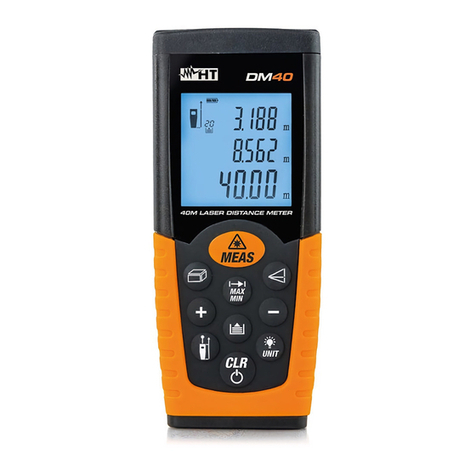
IRONMETER
EN - 1
Table of contents:
1.PRECAUTIONS AND SAFETY MEASURES...............................................................2
1.1.Preliminary instructions..................................................................................................... 2
1.2.During use......................................................................................................................... 3
1.3.After use............................................................................................................................ 3
1.4.Definition of Measurement (Overvoltage) category........................................................... 3
2.GENERAL DESCRIPTION...........................................................................................4
3.PREPARATION FOR USE...........................................................................................4
3.1.Initial checks...................................................................................................................... 4
3.2.Instrument power supply................................................................................................... 4
3.3.Calibration......................................................................................................................... 4
3.4.Storage.............................................................................................................................. 4
4.OPERATING INSTRUCTIONS.....................................................................................5
4.1.Description of the instrument............................................................................................. 5
4.1.1.Description of the controls.......................................................................................................... 5
4.2.Description of function keys .............................................................................................. 6
4.2.1.HOLD/ key............................................................................................................................... 6
4.2.2.MODE/ key............................................................................................................................ 6
4.2.3.RANGE key ................................................................................................................................ 6
4.2.4.MAX MIN key.............................................................................................................................. 6
4.2.5.Disabling the Auto Power OFF function..................................................................................... 6
4.3.Description of rotary switch functions................................................................................ 7
4.3.1.DC Voltage measurement.......................................................................................................... 7
4.3.2.AC Voltage measurement .......................................................................................................... 8
4.3.3.Resistance measurement and Continuity test............................................................................ 9
4.3.4.Diode test.................................................................................................................................. 10
4.3.5.Capacitance measurement....................................................................................................... 11
4.3.6.DC Current measurement ........................................................................................................ 12
4.3.7.AC Current measurement......................................................................................................... 13
5.MAINTENANCE .........................................................................................................14
5.1.Replacing the batteries and the internal fuses................................................................ 14
5.2.Cleaning the instrument .................................................................................................. 14
5.3.End of life ........................................................................................................................ 14
6.TECHNICAL SPECIFICATIONS ................................................................................15
6.1.Technical characteristics................................................................................................. 15
6.1.1.Reference standards................................................................................................................ 17
6.1.2.General characteristics............................................................................................................. 17
6.2.Environment.................................................................................................................... 17
6.2.1.Environmental conditions for use ............................................................................................. 17
6.3.Accessories..................................................................................................................... 17
6.3.1.Accessories provided ............................................................................................................... 17
7.ASSISTANCE.............................................................................................................18
7.1.Warranty conditions......................................................................................................... 18
7.2.Assistance....................................................................................................................... 18












